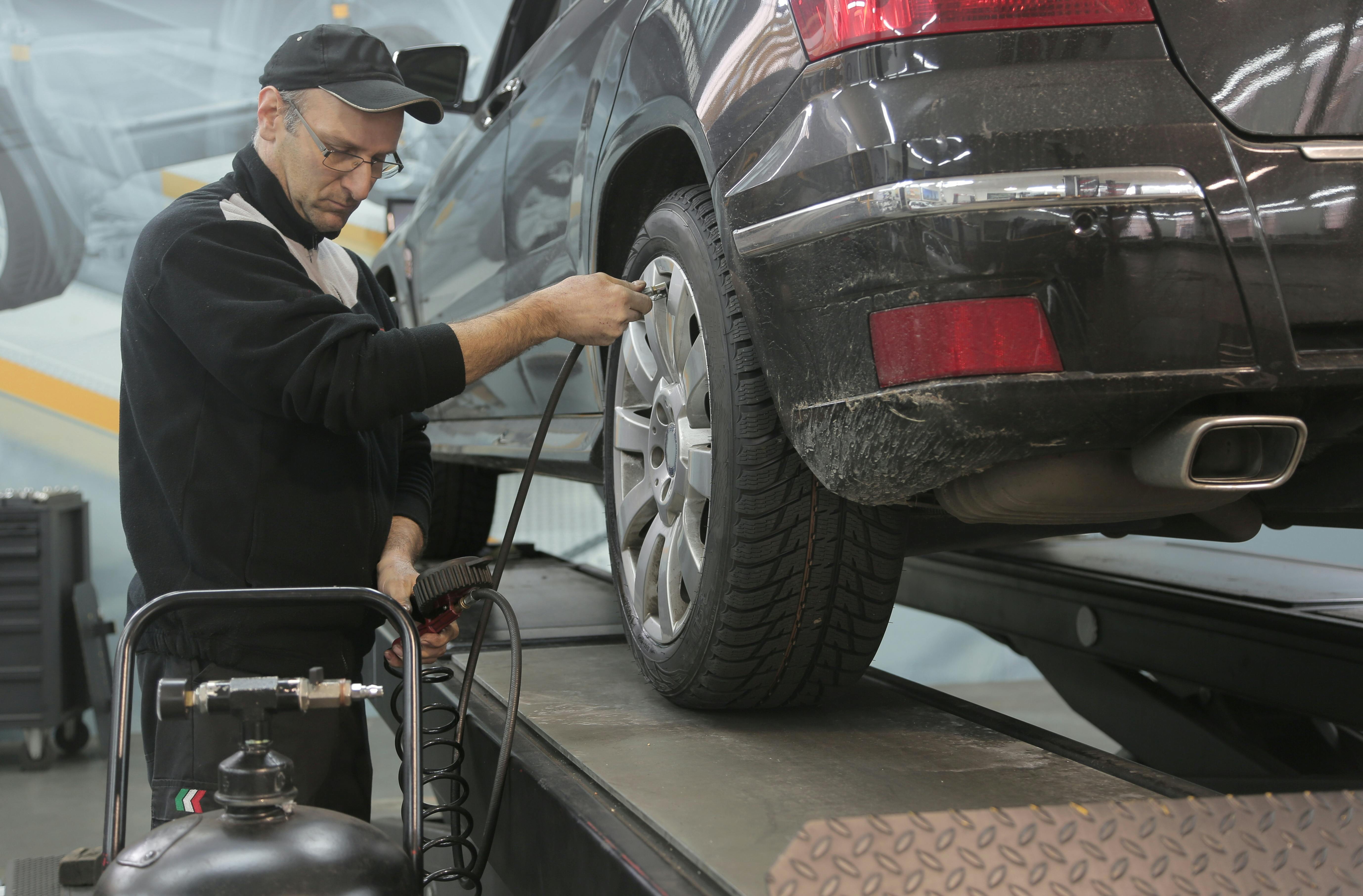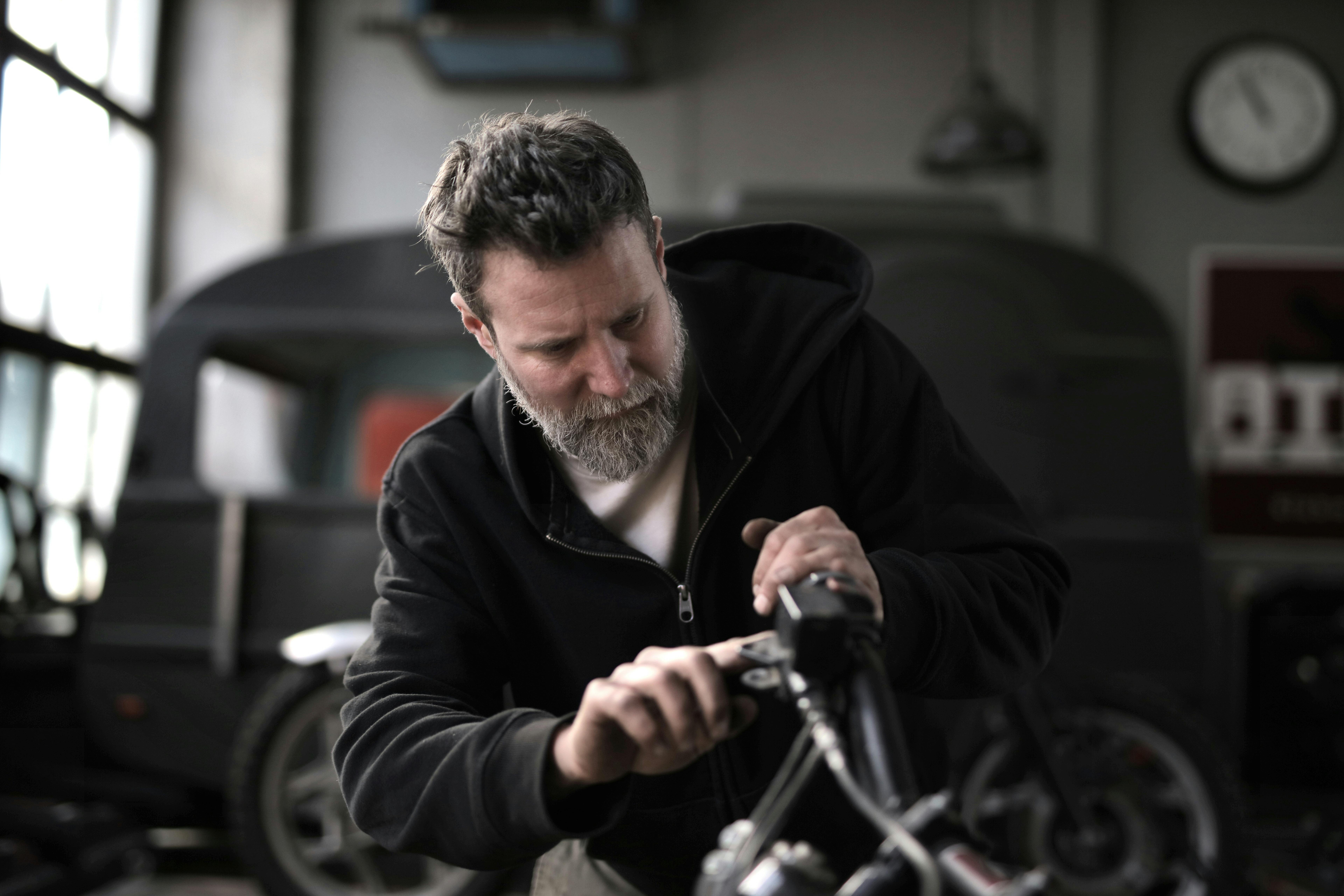Wheel bearings are an essential component of a vehicle’s suspension system, and if they become damaged or worn, they need to be fixed as soon as possible. How long it takes to fix wheel bearings will depend on the type of repair needed and the extent of the damage. In some cases, wheel bearing repairs can be done quickly in a matter of hours, while in other cases they may take several days to repair.The amount of time it takes to fix wheel bearings depends on the type of vehicle and the severity of the problem. Generally, it can take anywhere from two to four hours to replace wheel bearings on a passenger car. Replacing wheel bearings on larger vehicles, such as trucks and SUVs, may take longer. Additionally, if the wheel bearing has become severely damaged or corroded, it may take more time to repair or replace them.
Removing the Wheel
Fixing wheel bearings requires removing the wheel from the vehicle. This is done by loosening the lug nuts and jacking up the vehicle, then taking off the wheel and setting it aside. Make sure to use a jack stand for support when jacking up a vehicle. It is important to ensure that safety is always a priority when working on a vehicle.
Inspecting The Wheel Bearings
Once the wheel has been removed, inspect it for any damage or irregularities in the bearing area. This can usually be done by spinning the wheel by hand and listening for any grinding or scraping noises that could indicate a problem. If there are any signs of damage, then it will be necessary to replace the bearings before proceeding.
Installing New Wheel Bearings
If there is no visible damage to the bearings, then they can be re-installed with new ones. To do this, use a bearing press or hammer to remove and replace them from the hub assembly. Make sure to use appropriate lubrication when installing new bearings, such as grease or oil.
Cleaning and Greasing The Hub Assembly
Once all of the components have been replaced, it is important to clean and grease all of them before re-installing them on the vehicle. This helps ensure that all parts are properly lubricated and functioning properly before putting them back in place on the vehicle. This will also help prevent future issues with bearing wear or failure.
Reinstalling The Wheel
Once all of these steps have been completed, it is time to reinstall the wheel onto the vehicle. Make sure that all lug nuts are tightened properly and that everything is secure before driving away with your newly repaired wheel bearings!
Securing the Bearing and Seal
Securing the bearing and seal is an important step in ensuring reliable operation of a machine. The bearing and seal must be properly installed to ensure that they are able to withstand the stresses of operation. To secure the bearing and seal, it is important to first select the correct type of fastener for the application. Bolts, nuts, washers, studs, and other fasteners should all be chosen based on their strength and compatibility with the equipment. Once a suitable fastener is chosen, it must be securely tightened into place with a torque wrench to ensure proper installation. After installation, it is important to check for proper alignment of the components as well as any signs of wear or damage.
In addition to securing the bearing and seal with fasteners, it may also be necessary to use adhesives or other methods of attachment. Depending on the type of equipment being used, special adhesives may be required in order to ensure a strong bond between components. When using adhesives, it is important to read and follow all instructions carefully in order to ensure that a proper bond is achieved between components.
Lastly, it may also be necessary to use special tools or techniques when securing components such as bearings and seals. For example, if a tight fit between components is desired then special tools such as press fit tools may need to be used in order to achieve this result. Additionally, some components may require additional steps such as staking or chamfering which can help provide extra security when needed.

Preparing the Car for Installation
Before installing the new wheel hub assembly on your car, it is important to ensure that the vehicle is properly prepared. Begin by ensuring that the car is on a level surface and in park or neutral. Next, securely chock the wheels to prevent them from moving during installation. Once these steps are complete, you can move on to removing the old wheel hub assembly.
Removing the Old Wheel Hub Assembly
The first step in replacing a wheel hub assembly is to remove the old one. Start by loosening and removing all of the lug nuts from each wheel using a lug wrench. Once they are removed, jack up your vehicle and support it with jack stands. This will provide access to both sides of the wheel hub assembly. Finally, remove all of the bolts attaching it to your car and then slide it off of its axle.
Installing the New Wheel Hub Assembly
Once you have removed your old wheel hub assembly, you can begin installing your new one. Start by sliding it onto its axle and then re-attach all of its bolts with a torque wrench. Finally, replace all of your lug nuts using a lug wrench and tighten them securely. Once they are tightened, lower your vehicle off of its jack stands and test out your new wheel hub assembly on a test drive!
Preparing a New Wheel Bearing for Installation
Replacing a wheel bearing is an important part of vehicle maintenance. Before installing a new wheel bearing, it is important to prepare the part for installation. This involves cleaning the wheel bearing of any dirt or debris, and ensuring that all surfaces are free from corrosion and rust. Once the wheel bearing has been inspected and cleaned, it must be lubricated with a high-quality grease or oil to protect it from damage during installation. The lubricant should also be applied to any other parts that are being installed with the wheel bearing, such as seals and clips. After preparing the new wheel bearing for installation, it is ready to be installed in the vehicle.
Before beginning the installation process, it is important to review all safety precautions and follow any instructions provided by the manufacturer. Once all safety precautions have been taken care of, the old wheel bearing can be removed and replaced with the new one. If there are any issues during this process, they should be addressed before proceeding with installation. After replacing the wheel bearing, all components should be checked for proper fitment and alignment before reassembling the vehicle. By following these steps, a new wheel bearing can be safely prepared for installation and properly installed into a vehicle with minimal hassle or disruption to normal operations.

